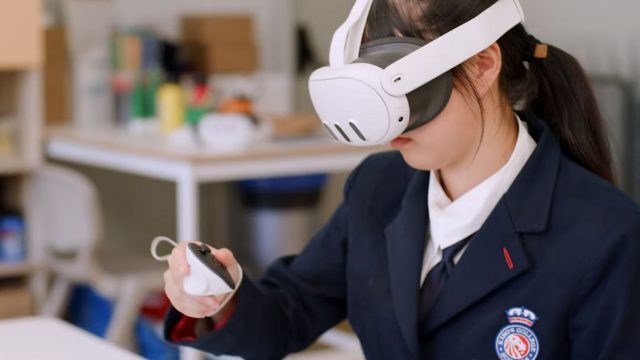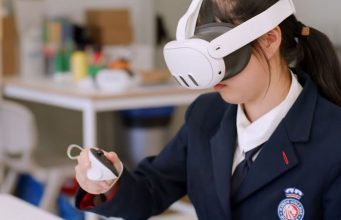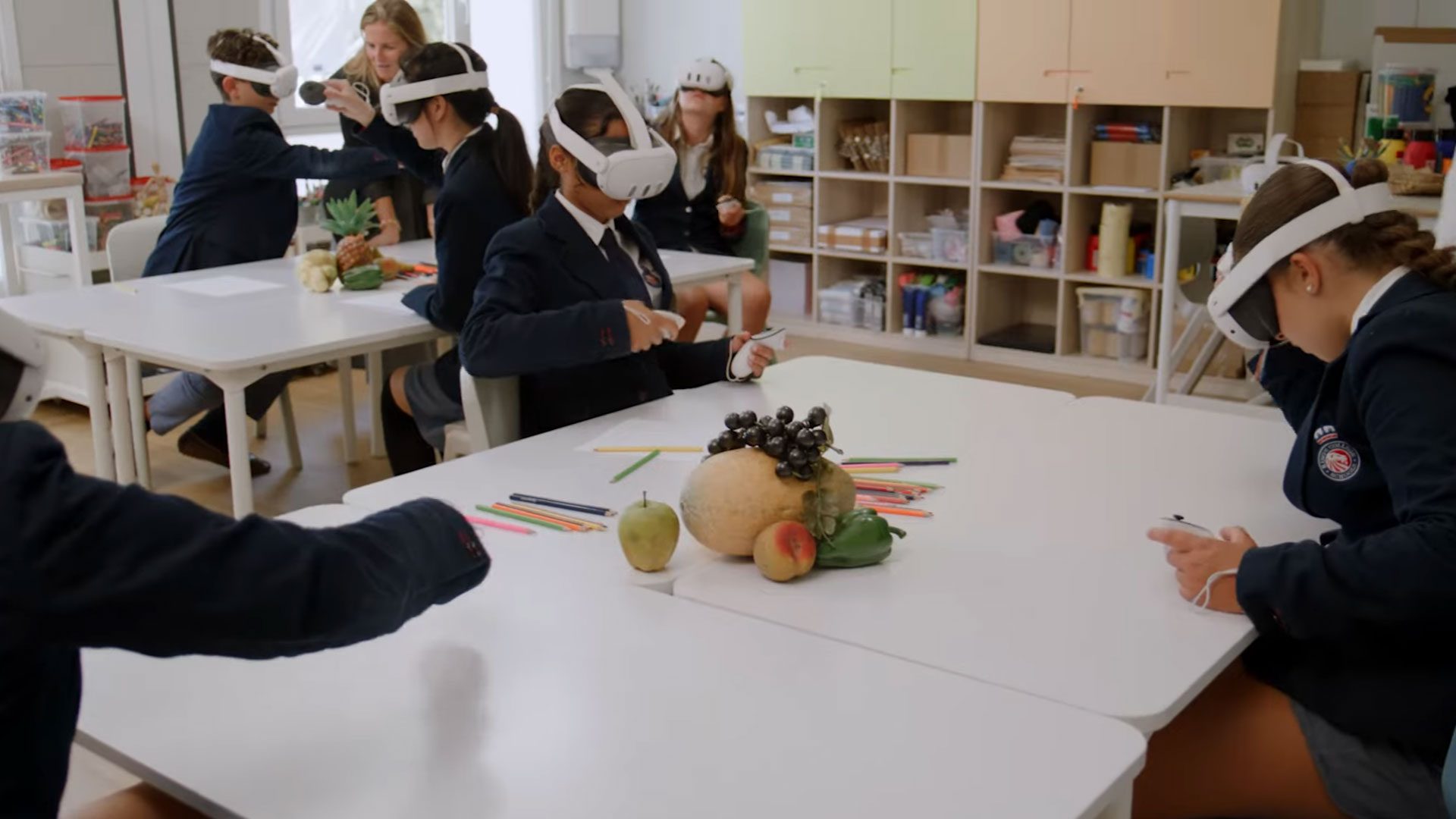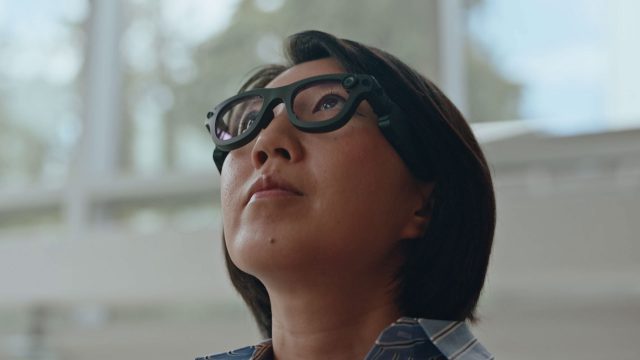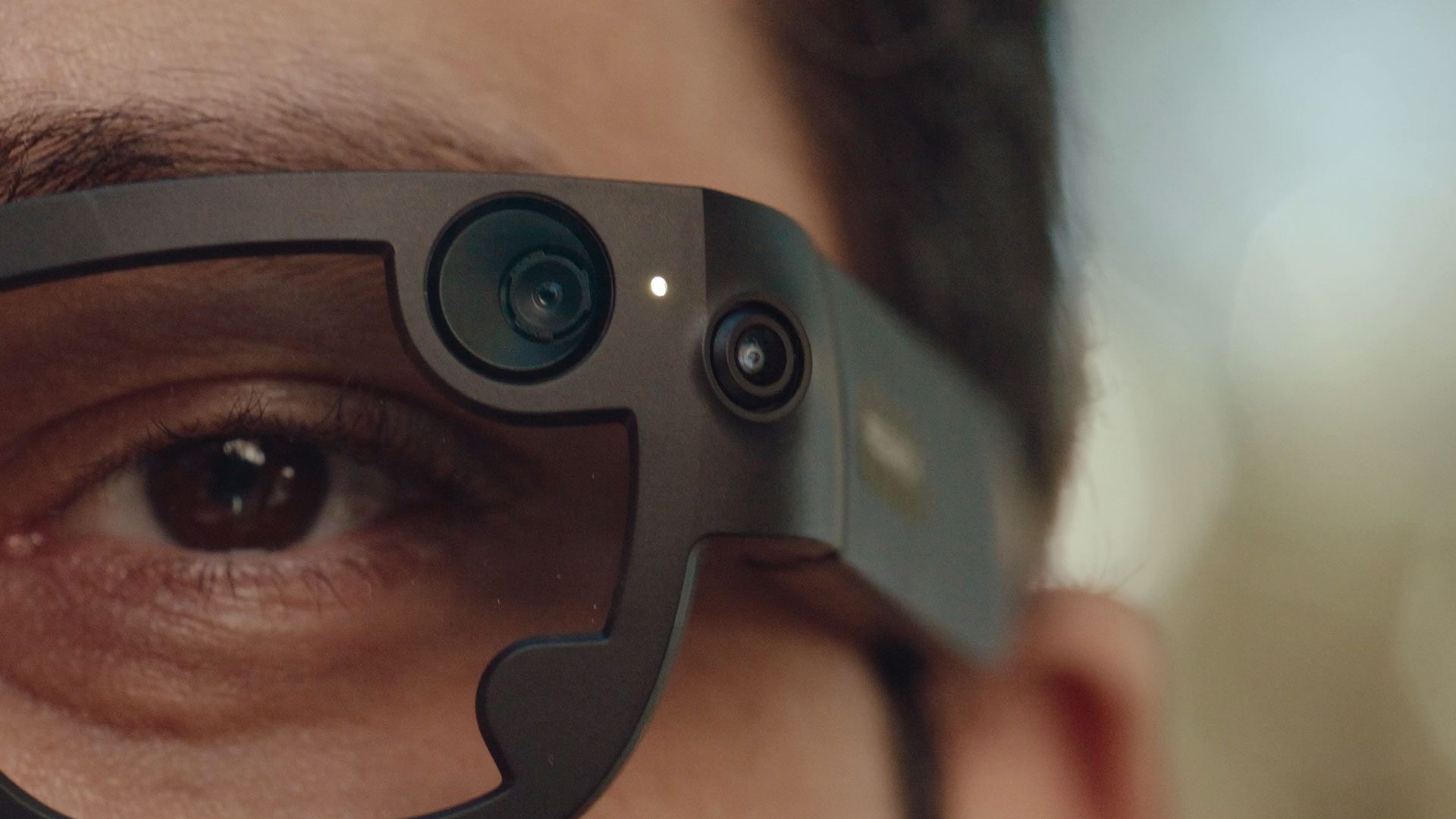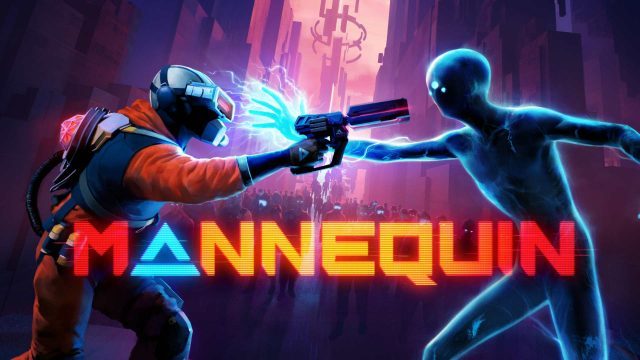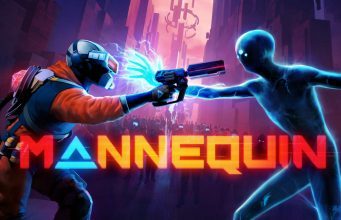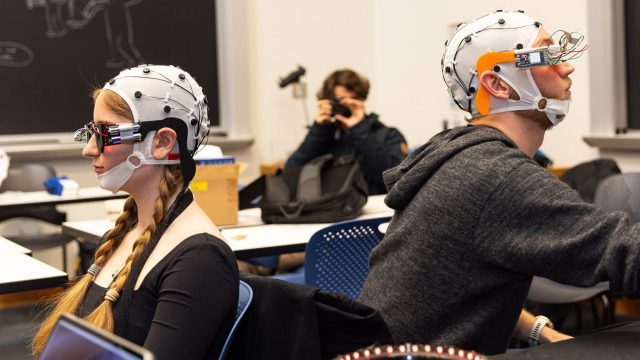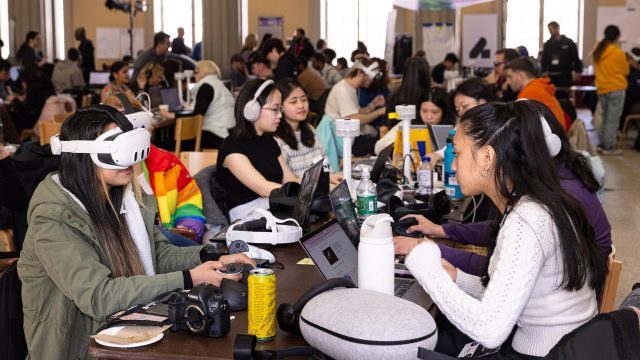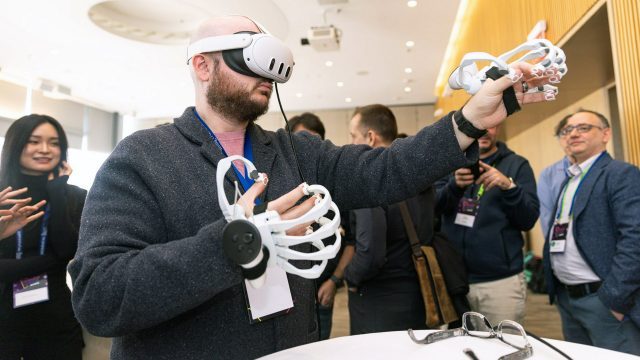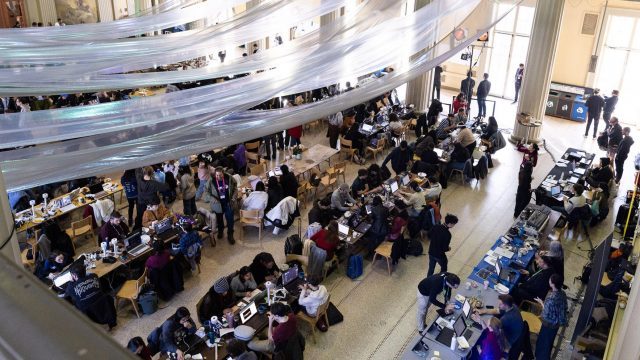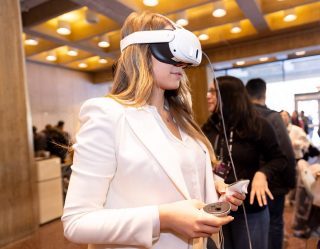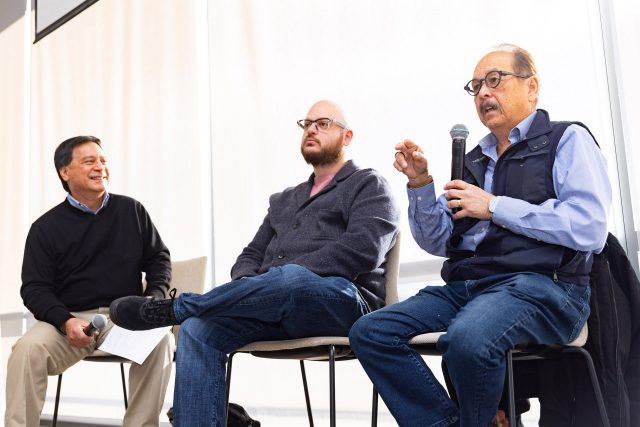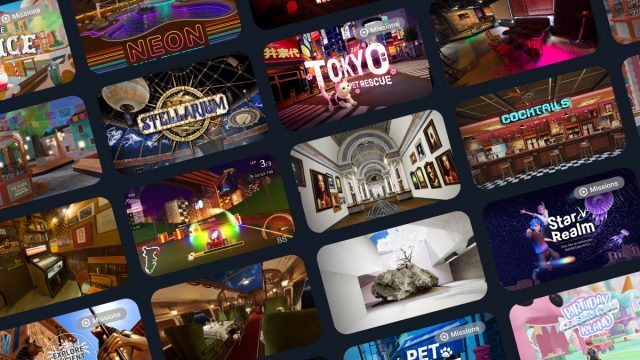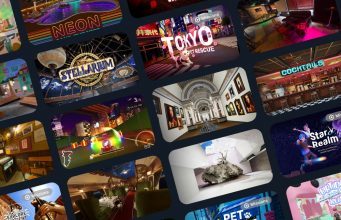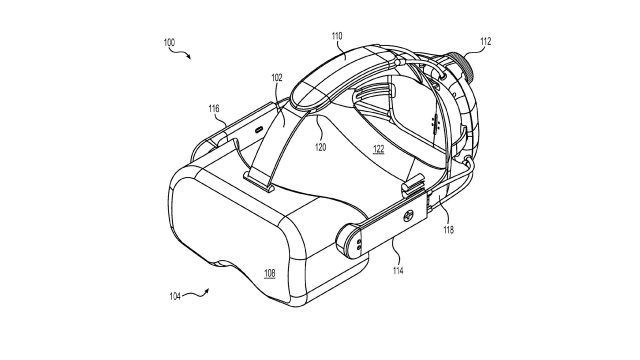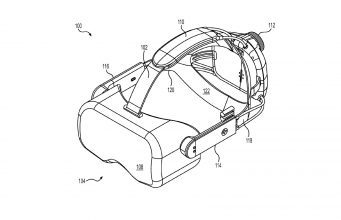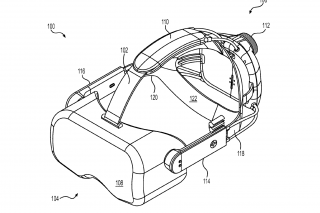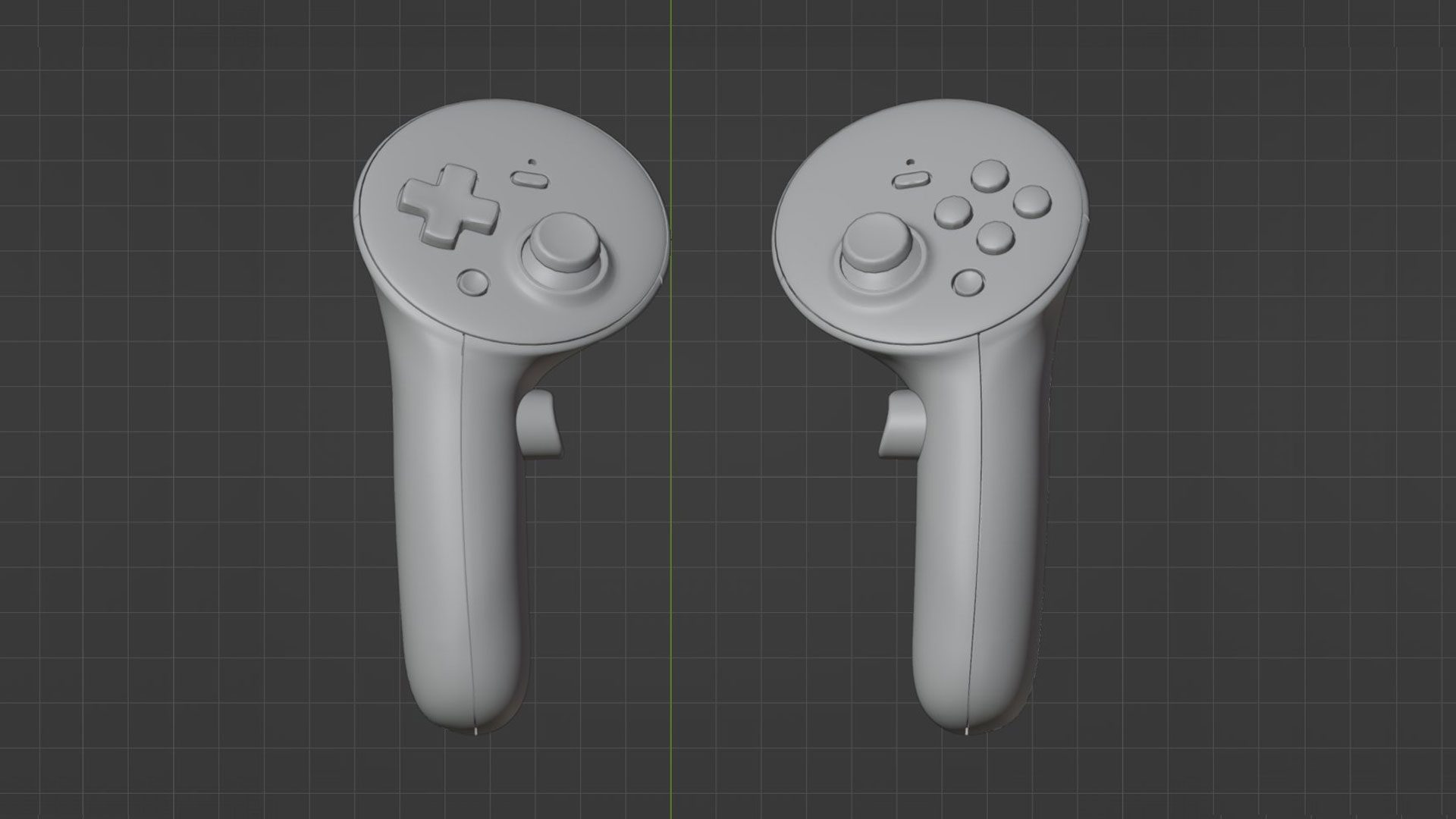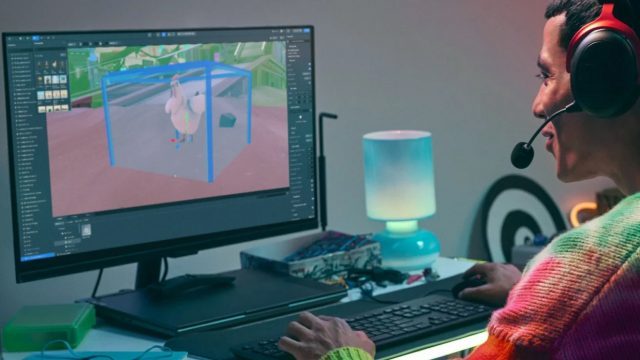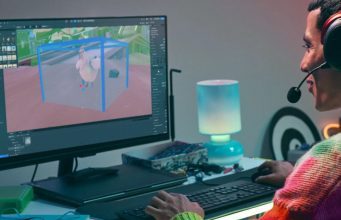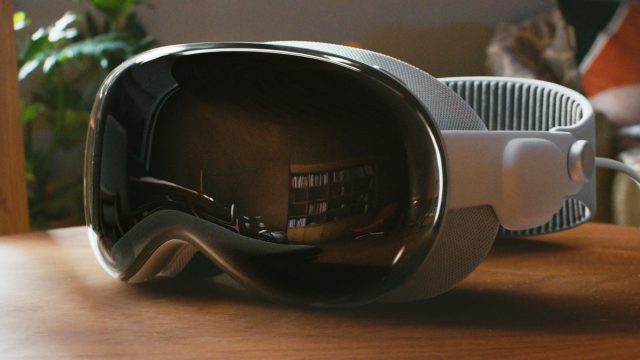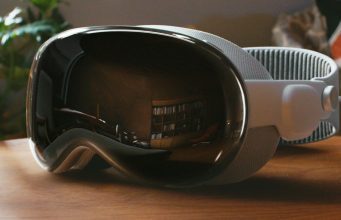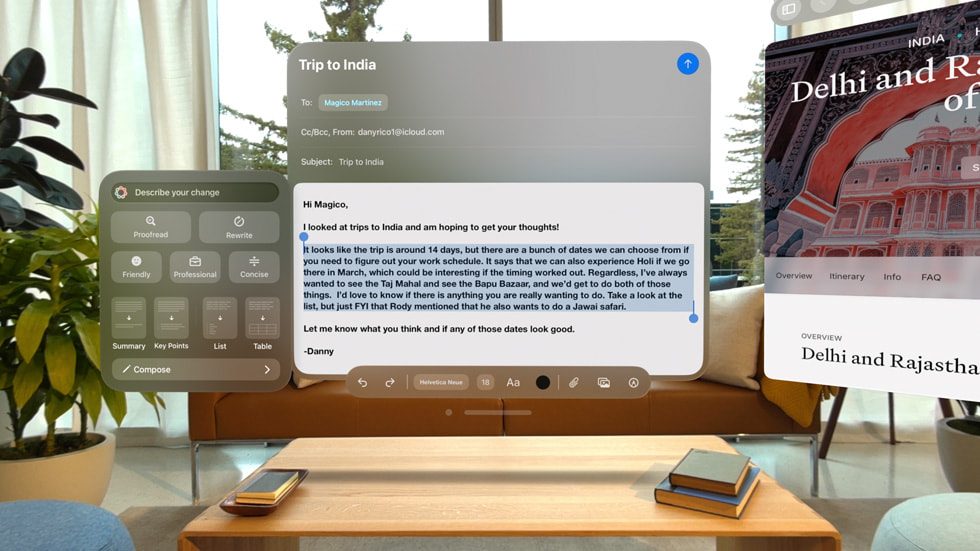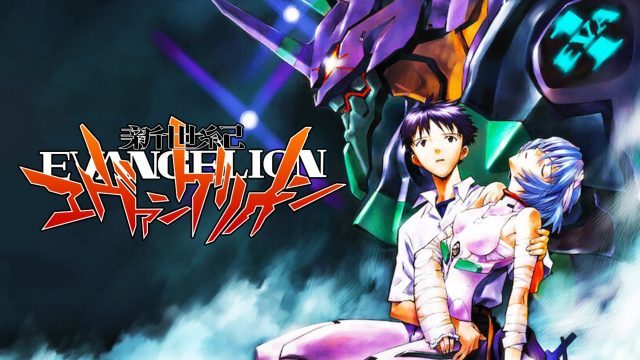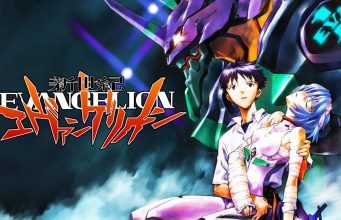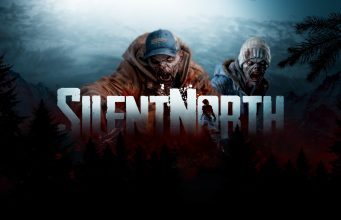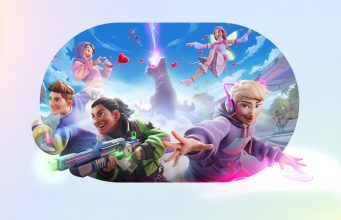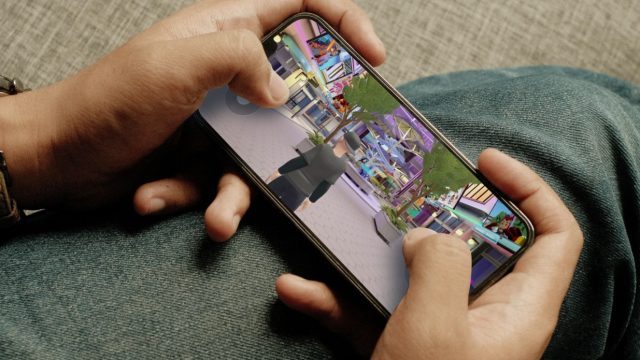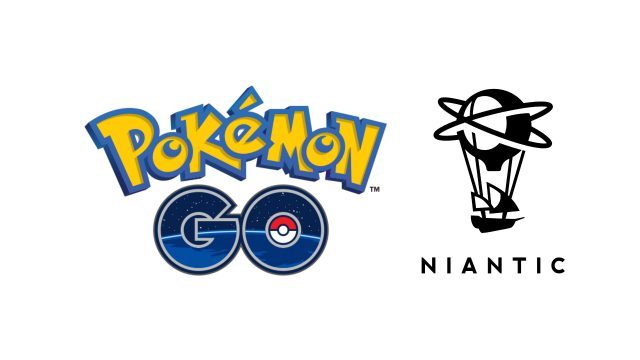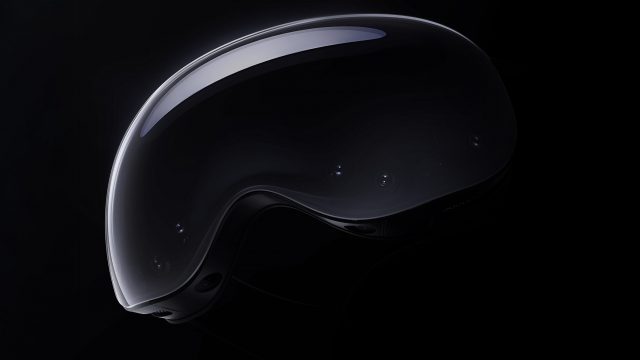
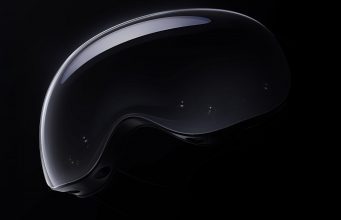
China-based Play for Dream, the company building a Vision Pro-like standalone MR headset, says it expects to adopt Android XR as its standalone operating system.
The Play for Dream MR headset has been called a “Vision Pro knock-off,” given its close aesthetic similarity to Apple’s headset. But people who have tried it say it’s more than just a cheap look-alike, including a former Quest engineer who gave the headset high praise on execution.
While the Play for Dream MR headset is currently running its own flavor of Android as its underlying operating system, the company tells Road to VR that it expects to adopt Google’s own Android XR platform eventually. The company says it is “in ongoing discussions, but a definitive timeline has not yet been provided,” regarding the move.
Whether that means the Play for Dream MR headset itself would potentially be updated in the future with Android XR after launch is unclear. Alternatively the company could wait until a future headset to make its transition.
Given that the $1,200 headset is planned to launch at the end of the month, it’s unlikely Android XR would crop up before then. Especially considering that Google says Samsung’s Project Moohan headset will be the first headset to release with Android XR, and its release date still hasn’t been announced.
Play for Dream is relatively well established in China, but is little known in the US. In speaking with the company recently, we learned more about its background.

Play for Dream was founded in 2020 by CEO Huang Feng, who is also the founder of Wanyoo Esports, “Asia’s largest esports café chain;” and Bixin, “a leading gaming platform application in China with over 60 million registered players,” the company says.
Other key executives include Chairman Zong Yuan and CTO Yue Fei, while the company says it has more than 200 employees, and has not raised any outside investment.
While the company has sold several headsets into the Asia market, it says the Play for Dream MR headset is focused primarily on the US XR market.
Responding to criticism of the similarity of the headset (and its marketing) to Apple’s Vision Pro, a spokesperson said, “Our goal wasn’t to directly rival the Apple Vision Pro. We drew inspiration from its innovative design, focusing instead on creating an Android-based device that reflects our unique vision and approach.”
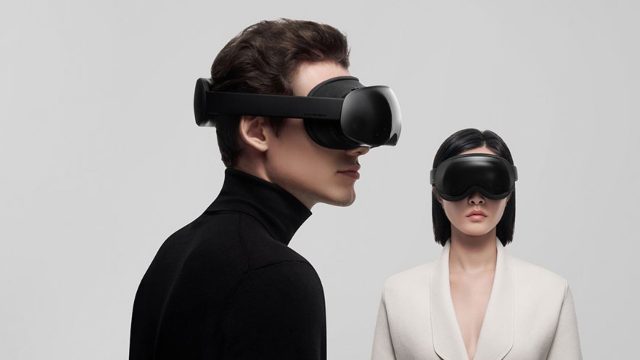
While there are significant similarities to Vision Pro in the look of the headset and its interface, one marked difference is that Play for Dream MR will support motion controllers.
The headset got its feet of the ground with a Kickstarter campaign that launched in September 2024, which raised roughly $300,000 from 215 backers, and ended in October.
While the campaign indicates that the first shipments of the Play for Dream MR headset are already shipping to backers, the wider release date for the headset is expected at the end of March, the company says.
The post Play for Dream Expects to Adopt Android XR for Standalone OS and Bring New Focus to US Market appeared first on Road to VR.
from Road to VR https://ift.tt/pmcHah4
via IFTTT
